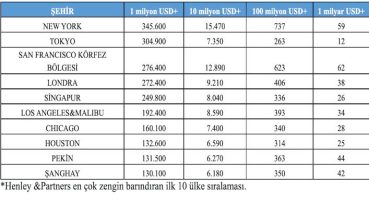
CPI in the US rose 0.4% in September after rising 0.1% in August (median estimate 0.2%). On a y/y basis, CPI increased by 8.2% (median forecast 8.1%, previous month 8.3%). On the core inflation side, which we refer more to in terms of sticky items, it is 0.6% on a monthly basis (median forecast 0.4%, 0.6% in the previous month) and 6.6% on an annual basis (median forecast 6.5%, previous month 6.3%), higher than expected.
If we look at the sub-items; Increases in housing, food and medical care indices were the biggest contributors to the monthly increase in all seasonally adjusted items. These increases were partially offset by the 4.9% decline in the gasoline index. With the decline in the gasoline index, the energy index also fell 2.1% in September after the 5% decrease in August, but the natural gas and electricity indices increased. The energy index rose 19.8% in the 12 months ended September, a smaller increase than the 23.8% increase in the period ending August. The food index rose 0.8% in September, following the 0.8% increase in August. The food index increased by 11.2% compared to the previous year.
The index of all items excluding food and energy increased by 0.6% in September, as it did in August. Housing, medical care, motor vehicle insurance, new vehicles, household goods and operations, and education indexes were among those that rose during the month. There were some indices that fell in September, including those for used cars and trucks, clothing and communications. Housing rents increased by 0.8% in September after increasing 0.7% in August (the highest since June 1990); the annual increase was 6.7%. In September, the new vehicle index increased by 0.7%, while the household goods and business index increased by 0.5%. Several indices fell for the month, including the used car and truck index, which fell 1.1% in September after falling 0.1% in August. The medical care index rose 0.8% in September after rising 0.7% in August.
It is seen that services inflation still makes a significant contribution and surpasses goods inflation in the overall weight of inflation. This situation reflects the problematic situation in terms of the stickiness of inflation and its feeding from demand. We observe that rent-type items are still struggling to decline and maintain their high periodic increase momentum. In its current form, inflation differs from the inflation of the EU, which is affected by energy, and the inflation of large economies such as China and Japan, which have different structural elements (such as Covid, inflation habits). Since the share of policy-induced inflation is higher, an inflation structure in which demand can be reduced by suppressing is in the foreground.
If we look at the Fed’s point of view; We observe an upward movement in the interest rate expectations we watch at the terminal. This move is important both in terms of completing the 75 bps increase pricing in November and increasing the rate hike range in December. When we look at it as it is, 50-75 options have been formed for the December FOMC and a marginal pricing range has been caught. However, the main thing is the terminal rate expectation: In this area, Fed swap trader pricing points to the expectation of a peak interest rate of 4.85% in March 2023. Fed members are more likely to hike the terminal rate to 5% in their next economic forecast.
Kaynak: Tera Yatırım-Enver Erkan
Hibya Haber Ajansı















